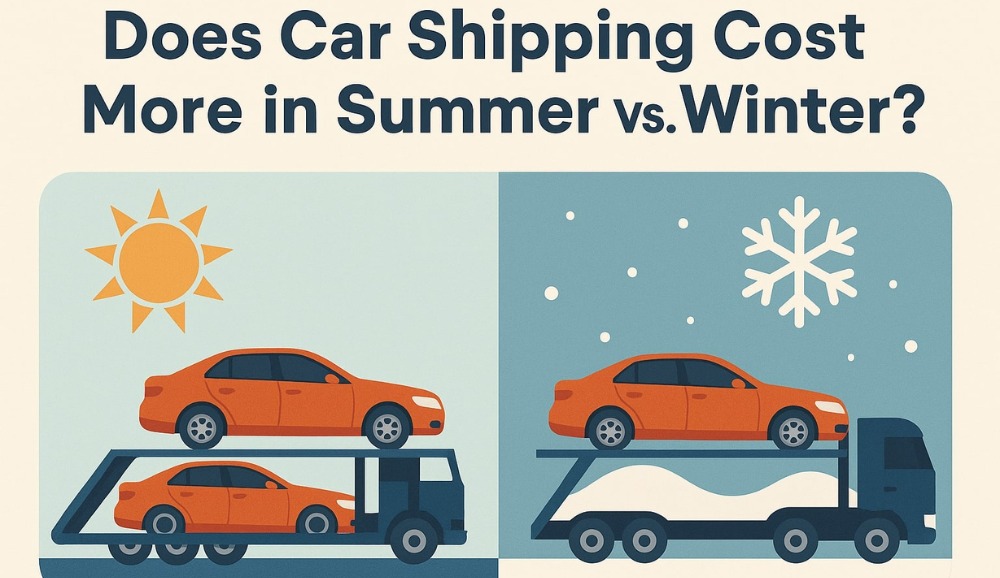There’s something about summer that just feels expensive as a whole. You pop into the store for sunscreen and somehow leave with a bill of over $100. If you’re planning a big move, vacation, or buying a car from out of state during those sunny months, chances are you’re also thinking about how to get that car from Point A to Point B without melting your budget like the ice cream your forgot in the bottom of your bag.
Let me let you in on a little secret when it comes to moving your car- not all seasons are created equal. Just like airline tickets, hotels, or ice cream trucks on a Saturday, demand drives pricing. You can believe me that summer brings the heat in more ways than one.
So yes, shipping your car in summer does cost more than in winter, but don’t worry, just because prices spike doesn’t mean you can’t still get a deal. With a little strategy, smart timing, and knowing how the seasonal things work, you can keep things cool and most importantly-affordable.
Let’s roll through why this happens and what you can do to keep more money for your beach margs, road snacks, and poolside book collection you have going so you can enjoy summer to the fullest.

